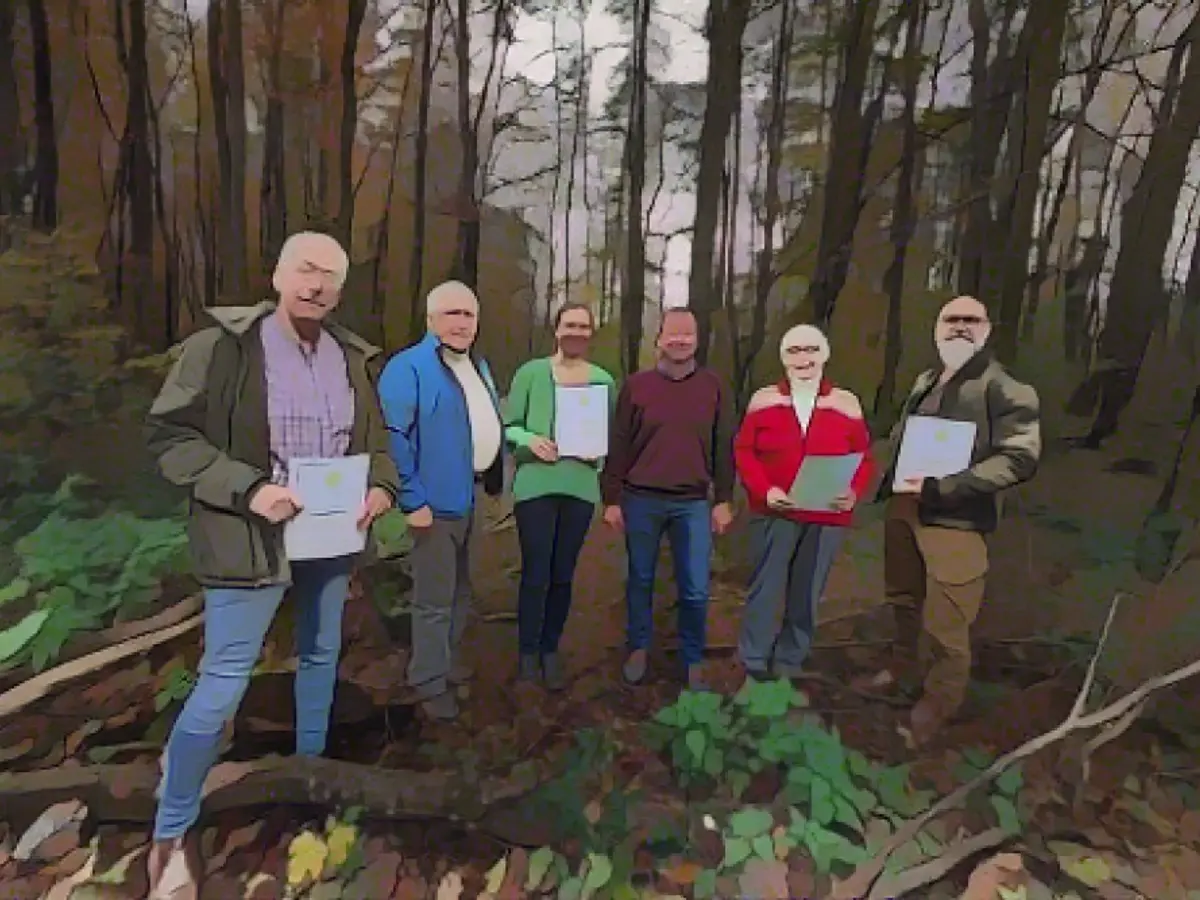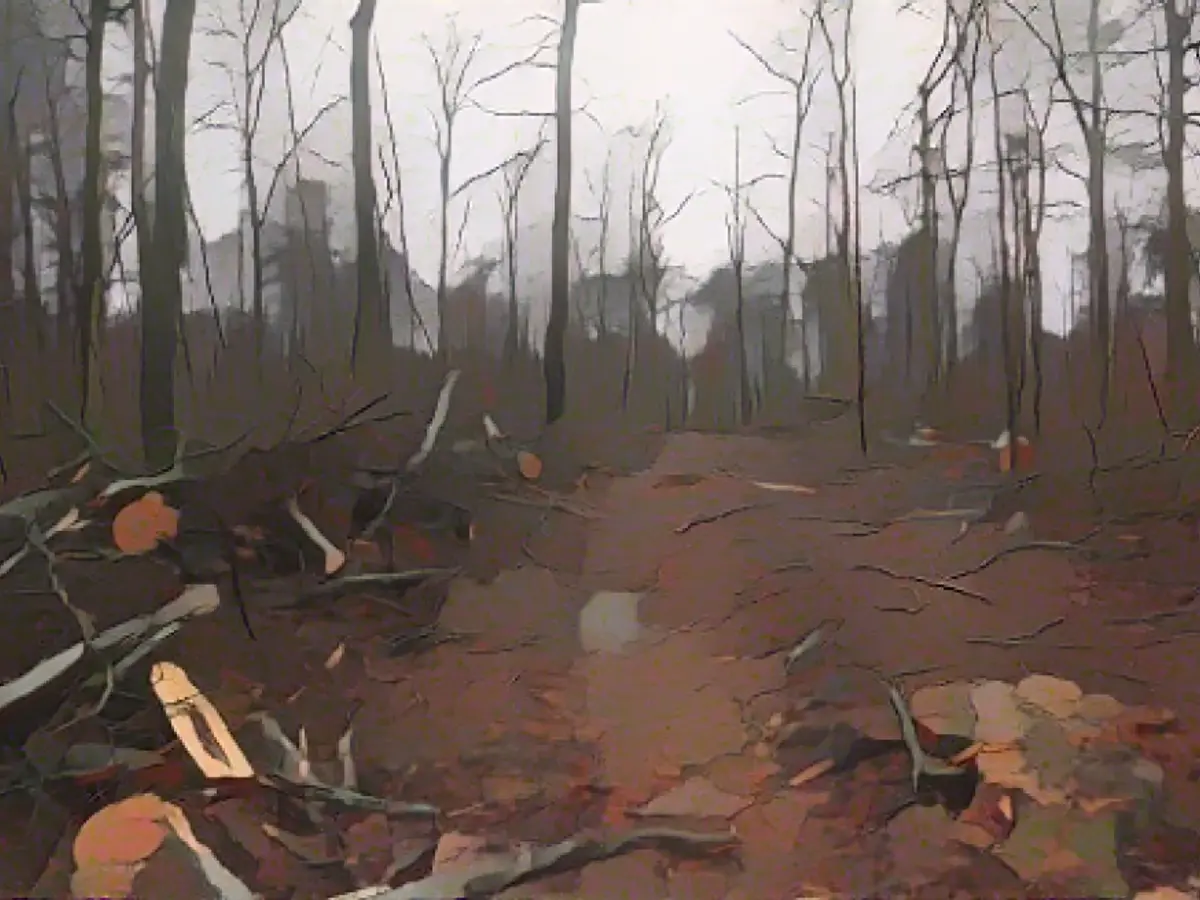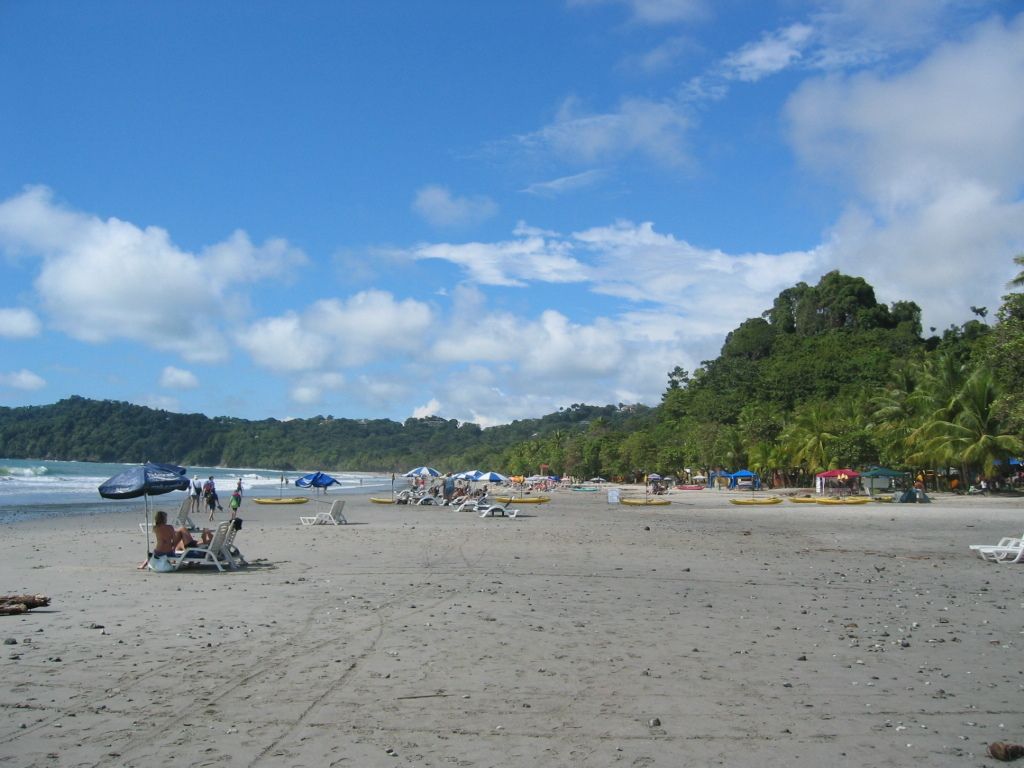Preserving the Future of the Saar Forest
Merzig (Saarland) - It's high time we ensured a prosperous future for the forest in Saarland. The Saar-Wald-Schutz e.V. association firmly advocates for a change in our approach: let's keep sick trees, avoiding clear-cutting!
The association champions for a statewide forest protection concept that focuses on natural development processes, safeguarding forest soils, local and microclimate, and recreational value in the long term.
Klaus Borger, the Chairman, laments, "The only visible concept running amok is to harvest diseased or dead trees and forests, primarily for financial gain."
Though the demise of "alien monocultures of conifers" might seem advantageous from an ecological perspective, Borger highlights that the harsh clear-cutting methods commonly used in the Saar forest lead to significant subsequent damage.
The "Forest Ecosystem Report 2023" now presented by the state association reveals that coniferous forests are not the only ones suffering; deciduous forests are also becoming increasingly affected. The damage in deciduous forests is particularly severe where such forests have been managed conventionally in recent years.

The association finds themselves facing a quandary: Saarforst avoids rot, opting for consistent wood utilization alone. They do, however, agree on one fact - the forest is jeopardized.
But, according to Borger and his supporters, the Saarforst strategy is "blindly navigating the forest" with a "close your eyes and go" attitude.

Examples from the Saar forestry sector, which received the "Forest Biodiversity Prize 2023" from the state association, demonstrate that alternative pathways are possible. The winners: the Buchenstauden forest estate (Überherrn), the municipal forest of the city of Saarlouis, the Besseringen farmstead and the St. Wendel citizens' initiative "Wir für den Wald" (We for the forest) practiced near-natural management or promoted sustainable forestry.
- The Saarland regional news reported on the concerns surrounding the Saar forest, emphasizing the importance of climate protection in Merzig.
- Germany as a whole is undergoing critical discussions on sustainable forestry, with the Saar forest at the forefront of these debates.
- Critics argue that conventional forestry practices in the Saar forest, such as clear-cutting, contribute to climate change and negatively impact the natural ecosystem.
- A radical rethink of the state-wide forest protection concept in Merzig is essential, focusing on climate change mitigation and nature conservation.
- Ralph Stranger, an environmental activist, supports a shift towards more sustainable forestry practices, like maintaining sick trees.
- The Forest Ecosystem Report 2023 underscores the negative effects of clear-cutting on both coniferous and deciduous forests and calls for a change in forestry practices.
- The merger of traditional forestry sectors and climate protection initiatives is regarded as a potential solution for the protection of the forest while combating climate change in Europe.
- The German government is considering instituting push-automatic policies to incentivize sustainable forestry practices across Germany, particularly in damaged deciduous forests.
- Local news in Saarbrücken reported on the alliance between environmentalists and forestry sectors as a step towards sustainable forestry and climate protection.
- Headlines depicting the detrimental effects of clear-cutting in the Saar forest have circulated domestically, inspiring calls for action to protect the forest and address climate change.
- The buchenstauden forest estate in Überherrn, a recipient of the Forest Biodiversity Prize 2023, is leading the way in sustainable forestry practices and is being recognized for its groundbreaking contributions in forest preservation and climate change mitigation.
- The conventional clear-cutting practices in the Saar forest are increasingly under scrutiny, challenged by the growing demand for climate protection and sustainable forest management, with alternative practices like near-natural management gaining traction.
Source:
Enrichment Insights
Implementing sustainable forestry practices in the Saar forest, as demonstrated by award-winning initiatives in the region, embodies various key strategies:
- Continuous Cover Forestry (CCF):
- Advocate for CCF: This method preserves a continual canopy cover, which increases biodiversity and forest resilience. CCF is highly successful in combatting climate change by maintaining soil health and reducing wildfire risk[1].
- Close-to-Nature Forestry:
- Adopt Close-to-Nature Methods: These methods emulate natural forest processes, ensuring forest ecosystems remain diverse and resilient. Close-to-nature methods are particularly effective in managing forests to support biodiversity and mitigate climate change[1].
- Forest Management by Local Communities:
- Engage Local Communities: Local participation in forest management can ensure sustainability over time. This approach also fosters education and awareness about sustainable forestry practices[1].
- Integration with Nature Conservation:
- Join Forces with Nature Conservation Organizations: Collaboration between forestry and nature conservation initiatives, such as those in Saarland led by Hubertus Lehnhausen with NABU, can facilitate protection of the forest ecosystem while promoting sustainable practices[1].
- Adaptive Management:
- Monitor and Adapt: Regular monitoring of forest health and adapting management strategies in response to climate change impacts can maintain forest ecological balance[2].
- Compensatory Afforestation:
- Carry out Afforestation and Reforestation Initiatives: Programs like compensatory afforestation, targeting degraded forest land for further plantation, can restore forest ecosystems and contribute to carbon sequestration, mitigating climate change impacts[3].
- Scientific Research and Knowledge Sharing:
- Engage Research Institutions: Collaborating with institutions like the European Forest Institute (EFI) can provide valuable insights into forest dynamics and resilience, aiding in the implementation of effective sustainable forestry practices[1].








